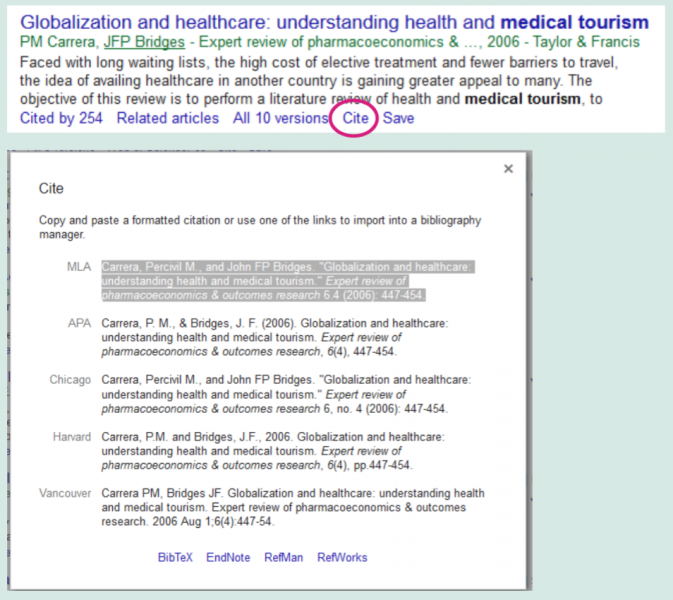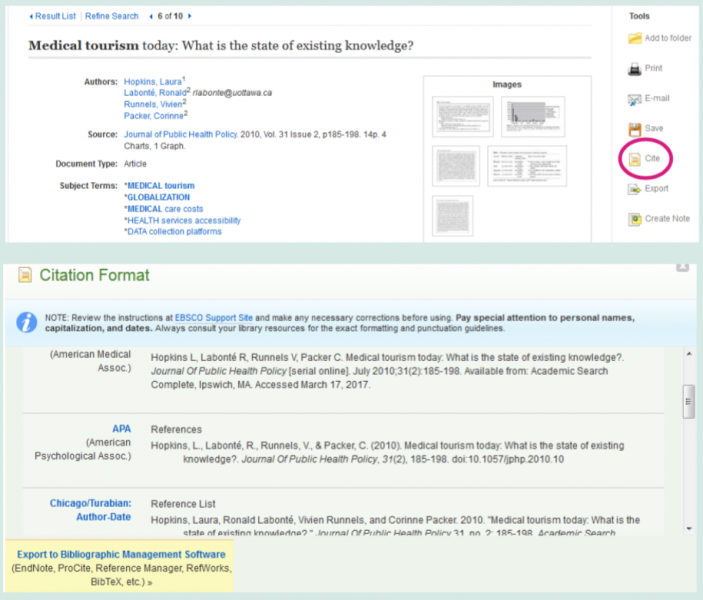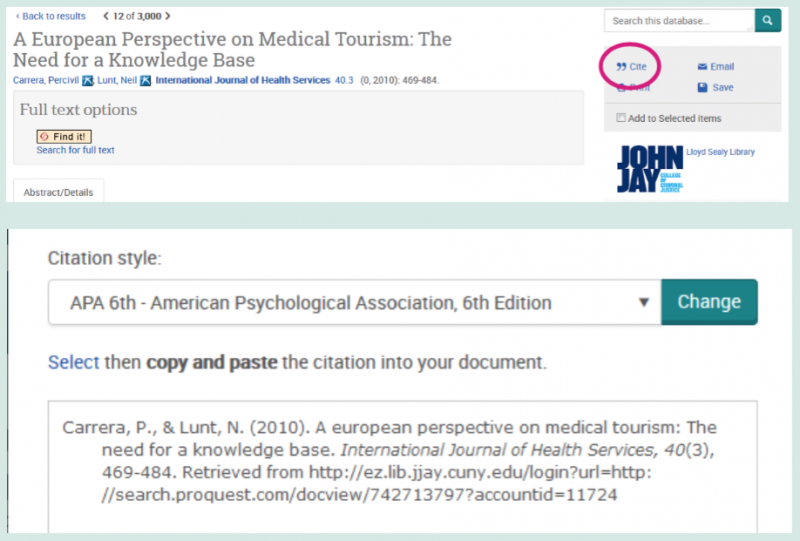From the collections development corner • By Maria Kiriakova
Librarians are known for their trait to organize information by any imaginable way: call numbers, alphabetical and subject lists, electronic and print format, reference and reserve, and many more.
Below is a small bag of mixed resources (monographic and video) recently acquired by the Lloyd G. Sealy Library on the topic of Latina/Latinos (Latinx).
Faculty highlights
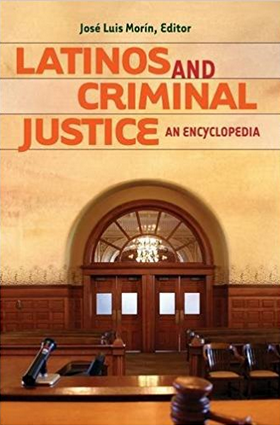 Morín, J. (Ed.). (2016). Latinos and Criminal Justice: An Encyclopedia. Greenwood. Reserve HV 6791. L38 2016.
Morín, J. (Ed.). (2016). Latinos and Criminal Justice: An Encyclopedia. Greenwood. Reserve HV 6791. L38 2016.
This encyclopedia, edited by José Luis Morín, was selected by Library Journal as one of the Best Reference Titles of 2016. At John Jay, Professor Morín is the Coordinator of the Latin American and Latinx Studies Major and Minor and is the Associate Director of the Ronald H. Brown Law School Prep Program.
—
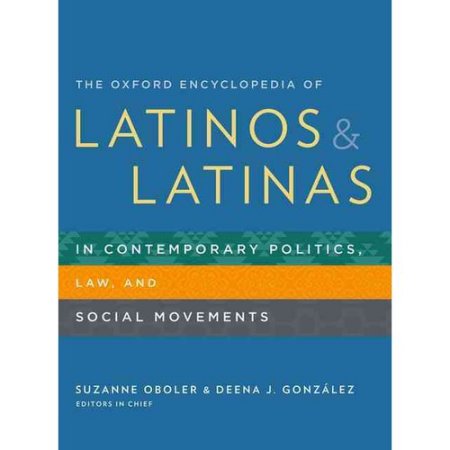 Oboler, S. & González, D. (Eds.). (2015). The Oxford Encyclopedia of Latinos and Latinas in Contemporary Politics, Law, and Social Movements. Oxford: Oxford University Press. Reserve E184 .S75 O969 2015.
Oboler, S. & González, D. (Eds.). (2015). The Oxford Encyclopedia of Latinos and Latinas in Contemporary Politics, Law, and Social Movements. Oxford: Oxford University Press. Reserve E184 .S75 O969 2015.
The Library’s copy of this encyclopedia is a gift from Professor Suzanne Oboler, Professor of Latin American and Latinx Studies at John Jay. She is Founding Editor of the academic journal Latino Studies (2002-2012).
Acosta, F. & Ramos, H. (2016). Latino Young Men and Boys In Search of Justice: Testimonies. Houston,TX: Arte Public Press. Ebook.
Barrington, R. (2015). Sonia Sotomayor: The Supreme Court’s First Hispanic Justice. New York: Britannica Educational Publishing. Ebook.
Behnken, B. (Ed.). (2016). Civil Rights and Beyond: African/American and Latino/a Activism in the Twentieth-Century United States. Athens: The University of Georgia Press.
Stacks E 185.61. C5916 2016
Belton, D. & Fritz, S. (2014). The Latino Americans Collection: New Latinos [6 films]. PBS. Kanopy streaming video.
Biscupic, J. (2014). Breaking In: The Rise of Sonya Sotomayor and the Politics of Justice. New York: Sarah Crichton Books, Farrar, Straus and Giroux. Stacks KF 8745. S67 B57 2014
Bratina, M. (2013). Acculturation and Attitudes Toward Violence Among Latinos. El Paso: LFB Scholarly Publishing. Ebook.
Brotherton, D. (2004). The Almighty Latin King and Queen Nation: Street Politics and the Transformation of a New York City Gang. New York: Columbia University Press. Reserve and Stacks HV 6439. U7 N432 2004
Caminero-Santangelo, M. (2016). Documenting the Undocumented: Latino/a Narratives and Social Justice in the Era of Operation Gatekeeper. Gainesville: University Press of Florida. Ebook.
Delgado. R., Perea J. & Stefancic, J. (Eds.). (2008). Latinos and the Law: Cases and Materials. St. Paul, MN: Thomson/West. Reference Law KF4757. 5. L 38 D45 2008
Delgado, R. & Stefancic, J. (Eds.). (2011). The Latino/a Condition: A Critical Reader, 2nd ed. New York: New York University Press. Reserve E 184. S75 L355 2011
Flores, E. (2013). God’s Gangs: Barrio Ministry, Masculinity, and Gang Recovery. New York University Press. Ebook.
Flores, J. (2016). Caught Up: Girls, Surveillance, and Wraparound Incarceration. Oakland, CA: University of California Press. Stacks HV 6046. F55 2016
Freeman, M. & Martinez, M. (Eds.). (2015). College Completion for Latino/a Students: Institutional and System Approaches. San Francisco: Josey-Bass. Stacks LB 2300. N4 no.172
Garland, S. (2009). Gangs in Garden City: How Immigration, Segregation, And Youth Violence Are Changing America’s Suburbs. New York: Nation Books. Stacks HV 6439. U7 G374 2009 and ebook.
Glynn, D. (2013). In The Shadows. Broadbandaid Films. Streaming video.
Hagedorn, J. (2015). The In$ane Chicago Way: The Daring Plan by Chicago Gangs to Create a Spanish Mafia. University of Chicago Press. Stacks HV 6439. U7 C355 2015
Lusk, M., Staudt, K. & Moya, E. (Eds.). (2012). Social Justice in the U.S.- Mexico Border Region. New York: Springer. Ebook.
Malave, I. (2015). Latino Stats: American Hispanics by the Numbers. New York: The New Press. Stacks E 184. S75 M363 2015
Morales, E. & Rivera, L. (2013). Whose Barrio? The Gentrification of East Harlem. Kanopy streaming video and Reserve DVD-1025.
Morín, J. (2016). Latinos and Criminal Justice: An Encyclopedia. Greenwood. Reserve HV 6791. L38 2016.
Morín, J. (2009). Latino/a Rights and Justice in the United States: Perspectives and Approaches, 2nd ed. Durham, NC: Carolina Academic Press. Reserve E 184. S75 M675 2009
Oboler, S. (Ed.). (2009). Behind Bars: Latino/a and Prison in the United States. Stacks HV 9471. B394 2009
Perin, M. (2005, c1995). Hispanic Americans: One or Many Cultures? New York: Films Media Group. Streaming video
Rios, V. (2011). Punished: Policing the Lives of Black and Latino Boys. New York University Press. Reserve HV 7254. A7 O25 2011
Rivera, G. (2009). His Panic: Why Americans Fear Hispanics in the U.S. Stacks JV 6475. R58 2009
Rodriguez, R. (2008). Racism and God-talk: A Latino/a Perspective. New York: New York University Press. Ebook.
Salinas, L. (2015). U.S. Latinos and Criminal Justice. East Lansing: Michigan State University Press. Stacks KF 4757.5.L38 S35 2015 and ebook.
Sotomayor, S. (2014). My Beloved World. New York: Vintage Books. Reserve and Stacks KF8745 .S67 A3 2014
Urbina, M. (2012). Hispanics in the U.S. Criminal Justice System: The New American Demography. Springfield, Ill: Charles C. Thomas Publisher. Reserve KF 4757.5.L38 U73 2012
Urbina, M. (2015). Latino Police Officers in the United States: An Examination of Emerging Trends and Issues. Springfield, Ill: Charles C. Thomas Publisher. Stacks HV 7936.C83 U73 2015
*
This list is not comprehensive. Please consult reference librarians for suggestions on finding more books and video resources and helpful hints on finding scholarly articles in our full-text bibliographic databases.
—
Read more from the Spring 2017 issue of Classified Information, the Library's newsletter
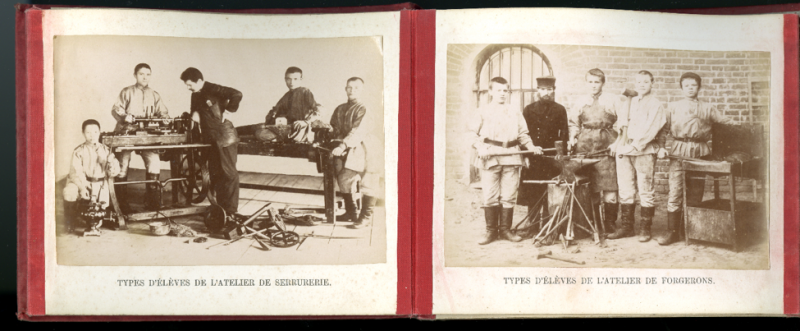
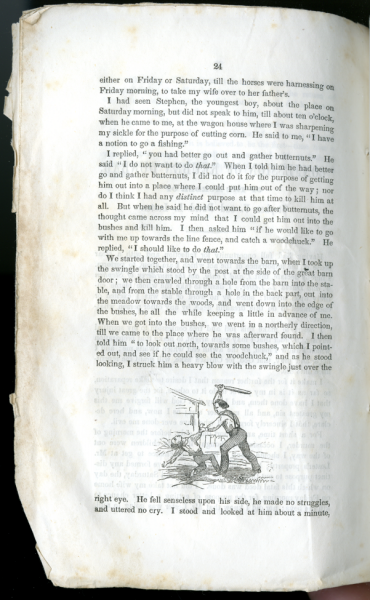

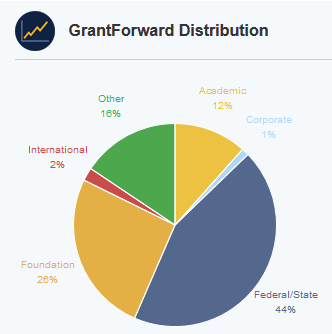
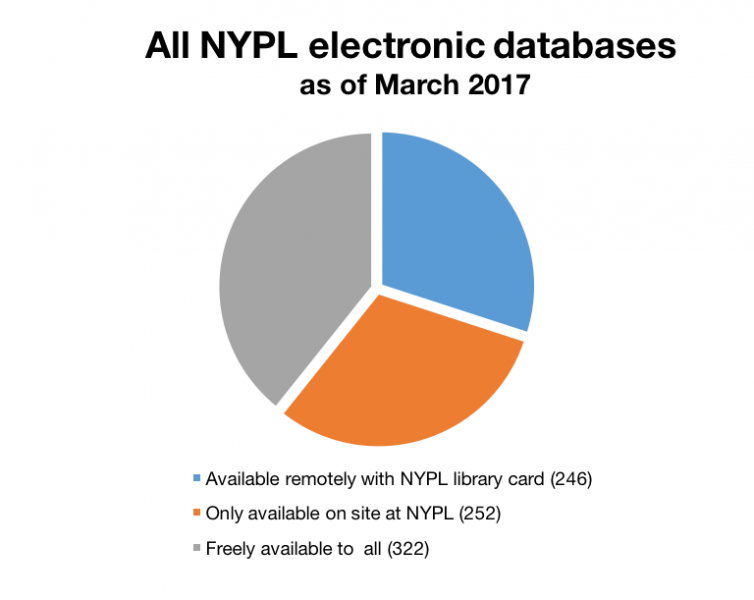
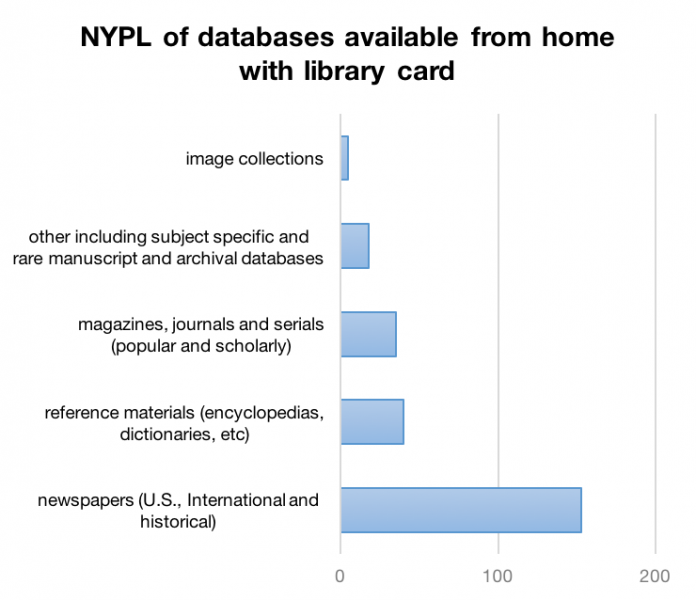
 Morín, J. (Ed.). (2016). Latinos and Criminal Justice: An Encyclopedia. Greenwood. Reserve HV 6791. L38 2016.
Morín, J. (Ed.). (2016). Latinos and Criminal Justice: An Encyclopedia. Greenwood. Reserve HV 6791. L38 2016. Oboler, S. & González, D. (Eds.). (2015). The Oxford Encyclopedia of Latinos and Latinas in Contemporary Politics, Law, and Social Movements. Oxford: Oxford University Press. Reserve E184 .S75 O969 2015.
Oboler, S. & González, D. (Eds.). (2015). The Oxford Encyclopedia of Latinos and Latinas in Contemporary Politics, Law, and Social Movements. Oxford: Oxford University Press. Reserve E184 .S75 O969 2015. DVDS recently added to the Library collections
DVDS recently added to the Library collections